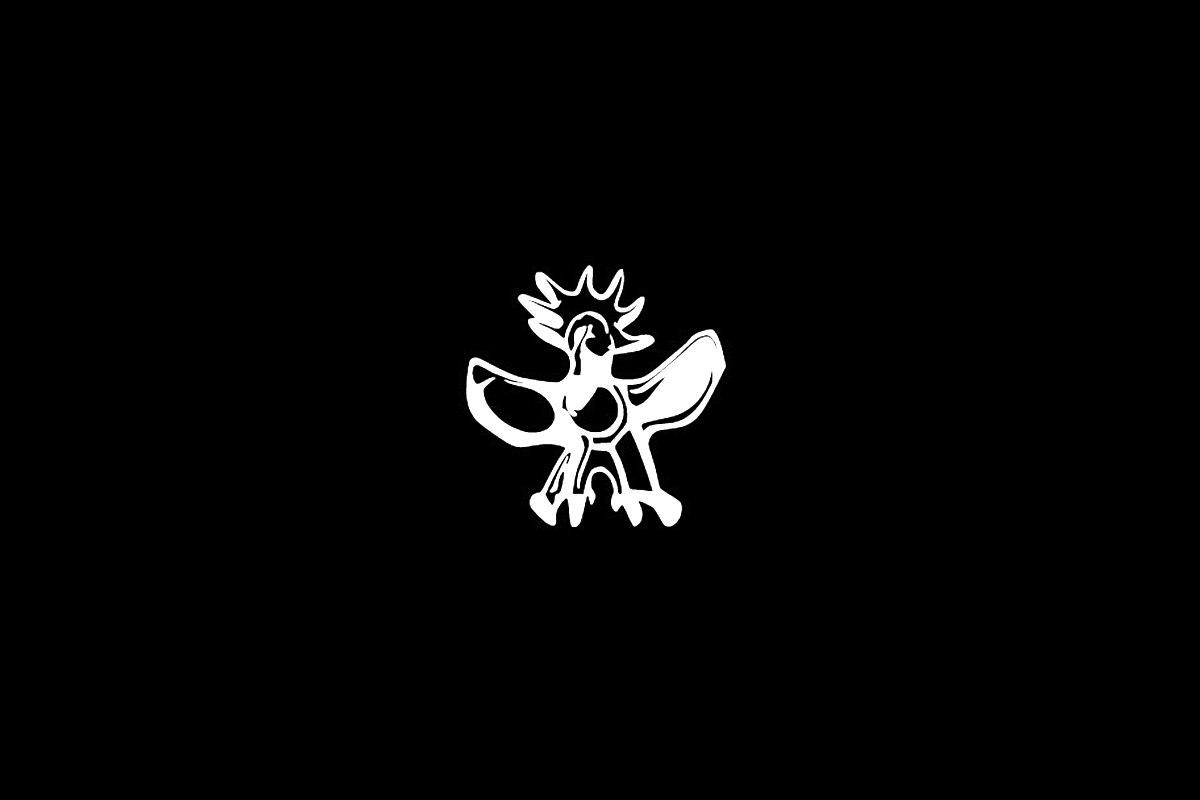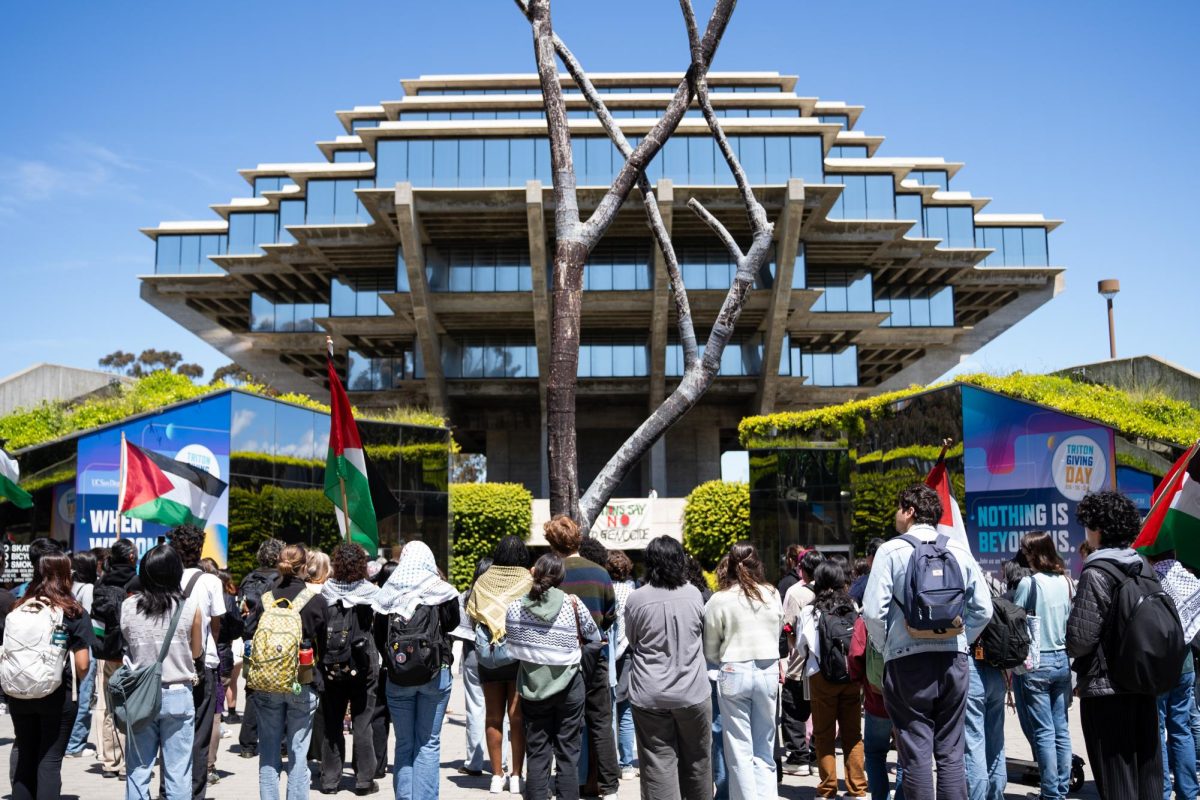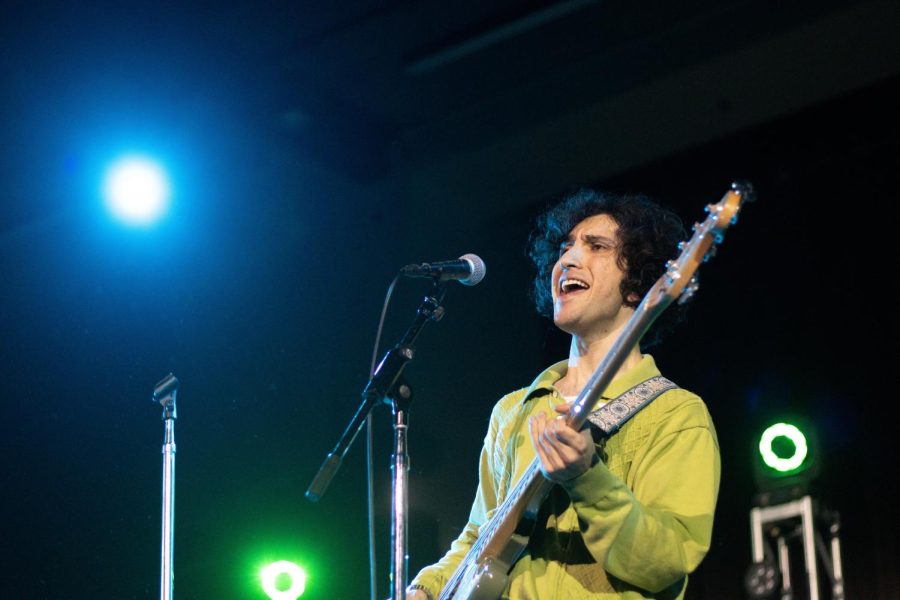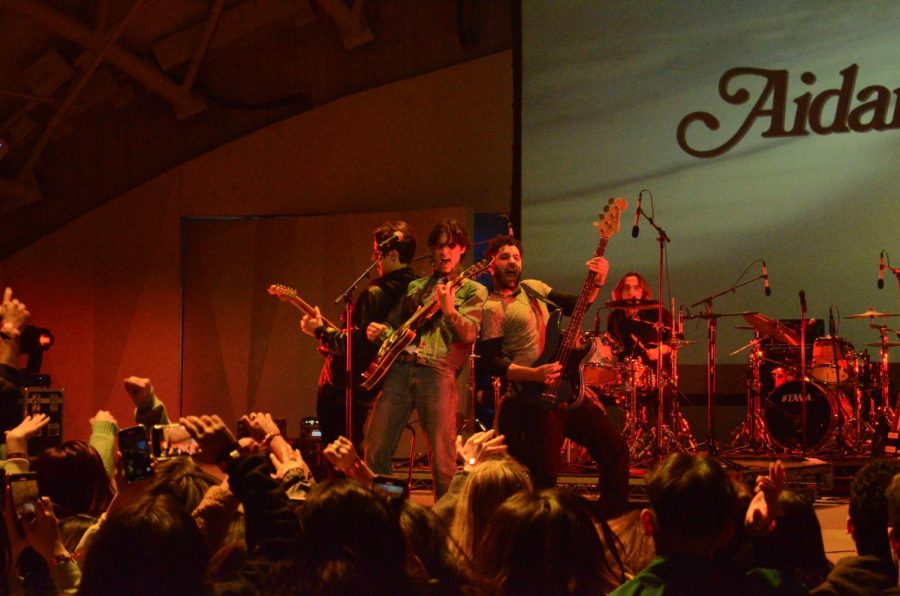Sixth College senior Joan Bianca Watson is a rare breed.
She is one of the few black students who are in the process of applying for admission to a medical school. Numbers released by the Association of American Medical Colleges show that, despite increases in the number of Asian and Latino applicants for fall 2005, the number of black applicants saw a slight decline from last year.
“Sometimes it is hard to find support systems that you need, especially for people who don’t know anyone who has been to college and don’t know what to expect at college,” Watson said.
Despite efforts to increase the number of students from disadvantaged backgrounds, the number of such students in the entering class of fall 2005 is approximately the same as last year, according to Caroyln Kelly, dean of admissions at UCSD School of Medicine.
“In the class entering in the fall of 2005, we have 16 students who self-identify as Hispanic, black or Native American,” Kelly said. “That places the percentage of underrepresented minority students in this class at about the national average.”
AAMC President Jordan Cohen said he was concerned about the lack of progress in the involvement of black applicants.
“The best evidence we have for why African Americans are not applying in greater numbers to medical schools comes from focus groups and surveys that we’ve conducted,” he stated in an e-mail. “The results indicate that the cost of medical education and the length of time it takes to become fully trained as a doctor are major deterrents.”
The association speculates that black families are generally less inclined to borrow substantial amount of money, despite the attractive interest rates that are available for medical students, Cohen said.
“We hope to communicate more effectively with prospective [black] students that an investment in a medical education is not only financially wise… but can lead to a most fulfilling career in a field with endless opportunities,” he said.
Efforts to communicate with minorities are ongoing at UCSD as well, according to Kelly.
“The UCSD School of Medicine continues to have strong community outreach programs that seek to increase the numbers of students from disadvantaged backgrounds who will have the preparation to be successful applicants to medical school,” she said.
However, Watson said she does not think enough efforts are being made, which led her and a few other students to develop their own outreach program, dubbed Hope, for underrepresented minorities pursuing health care professions. Watson also said that the problem is not necessarily about enrollment figures and education, but health care in general.
“With our community, there is a lot of disparity with health care,” she said. “[The people] are not receiving the same health care as others, and we are not admitting students who have the passion to go back to their community to make changes or are aware of our culture and can communicate more with the people.”
The school must comply with Proposition 209, which prohibits the consideration of race and gender in admissions processes and has been a major factor in the dwindling minority numbers, according to Kelly.
“The numbers of underrepresented minority students at the UCSD School of Medicine fell in the mid-1990s, after the decision to end affirmative-action programs,” she said. “However, since that time, there has been an overall trend of increasing numbers of underrepresented minority applicants and matriculates at the UCSD School of Medicine.”
Watson said that, although she knew that the UC system does not allow affirmative action, this was not one of the factors she was taking into consideration when deciding where to apply.







